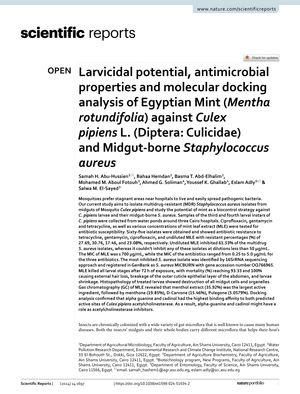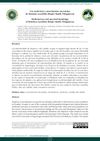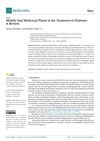Larvicidal Potential, Antimicrobial Properties and Molecular Docking Analysis of Egyptian Mint (Mentha Rotundifolia) Against Culex Pipiens L. (Diptera: Culicidae) and Midgut-Borne Staphylococcus Aureus
January 2024
in “
Scientific reports
”

TLDR Egyptian Mint effectively kills mosquito larvae and inhibits certain bacteria.
The study investigated the larvicidal and antimicrobial properties of Egyptian Mint (Mentha rotundifolia) against Culex pipiens larvae and midgut-borne multidrug-resistant Staphylococcus aureus. Sixty-five S. aureus isolates showed resistance to tetracycline, gentamycin, ciprofloxacin, and undiluted mint leaf extract (MLE) with varying percentages. Undiluted MLE inhibited 61.53% of the S. aureus isolates, while diluted MLE was ineffective below 50 μg/mL. MLE exhibited a MIC of ≤ 700 µg/mL and killed all larval stages within 72 hours, causing significant physical damage to the larvae. Gas chromatography identified menthol as the major active ingredient. Molecular docking suggested that alpha guanine and cadinol could act as acetylcholinesterase inhibitors, contributing to the larvicidal effect.

